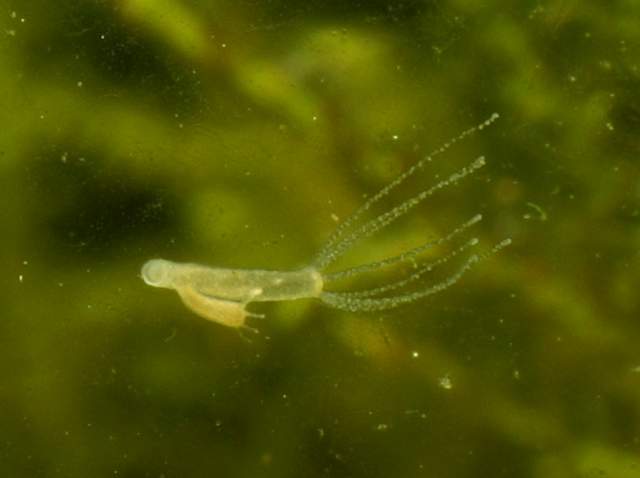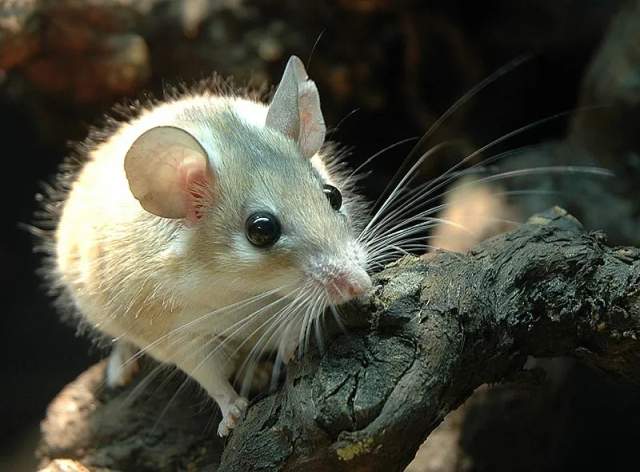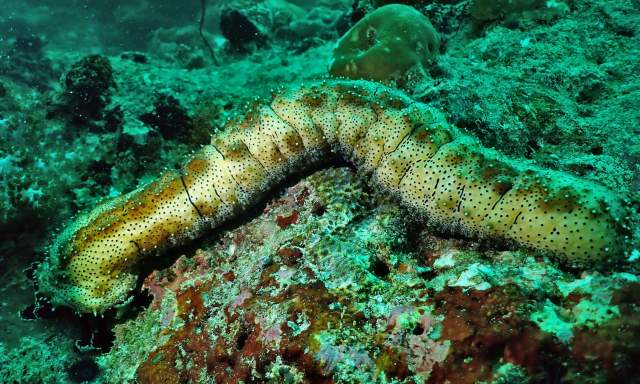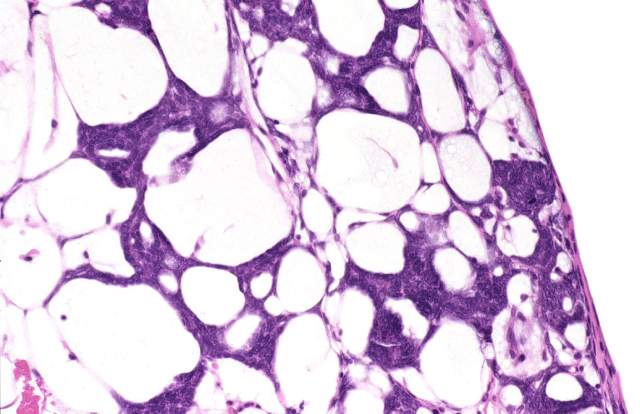Ever nicked your finger and been amazed at how fast it heals? Pretty cool, right? Now, just imagine if you could regrow an entire arm or even a vital organ. Sounds like pure science fiction for us humans (at least for now), but out in nature, there are tons of creatures that pull off these jaw-dropping feats every day. In 2025, scientists are more pumped than ever about studying these self-healing animals, and honestly, the discoveries coming out are mind-blowing. We’re not talking about simple cuts closing up, we’re talking about some seriously wild examples of animals that can heal themselves in ways that just don’t seem possible.
What Is Self-Healing in Animals, Anyway?
So, what exactly do we mean by self-healing in animals? Basically, it covers a whole range of amazing biological tricks. At its heart, it’s all about regeneration that almost magical ability to regrow lost or damaged body parts. And nope, this isn’t just a little scrape healing over. Some animals can completely regrow limbs, organs, or even big chunks of their bodies. It’s like nature gave them the ultimate repair kit! The science behind animal self-healing is super hot right now, think complex cell-to-cell chats, powerful stem cells doing their thing, and genetic instructions that kick off the whole process.
Why Are Scientists Still So Obsessed?
You might wonder: after all these years, why are researchers still so fascinated by self-healing animals? Well, there are a few huge reasons. First off, if we can figure out how these animals pull off such impressive repairs, imagine what that could mean for human medicine! Picture being able to regrow a limb or heal a damaged organ. That’s the dream! Plus, these creatures basically serve as living labs for scientists trying to crack the code of natural healing. Every new discovery gives us insight into how life bounces back from serious injuries and those lessons could totally change how we approach both human health and wildlife recovery. The latest research on animal regeneration keeps pushing the limits of what anyone thought was possible.

Meet Nature’s Self-Healing Superstars
Honestly, the animal kingdom is packed with superheroes when it comes to regeneration. Here are some of the top self-healing creatures grabbing scientists’ attention:

- Axolotl: The Regeneration Champ If you’ve heard about any animal that can regrow body parts lately, it’s probably the axolotl. These cute salamanders don’t just regrow legs, they can regenerate spinal cords, jaws, skin even bits of their brains and hearts! And get this: they do it without any scarring at all. Researchers keep digging into how axolotls pull this off especially focusing on something called a “blastema,” which is kind of like a bunch of blank-slate cells that show up at wounds and direct regrowth.
- Starfish (Sea Stars): Masters of Starting Over Starfish take things to another level, some species can actually grow an entirely new body from just one arm (as long as part of their center stays attached). Others can even bounce back from just a fragment! It’s like something out of a sci-fi movie.
- Planarian Flatworms: The Immortality Hackers These flatworms are seriously next-level, you can chop one into several pieces and each piece will turn into a brand-new worm! Scientists study their super-versatile stem cells (called neoblasts) to learn just how far tissue regeneration can go.
- Zebrafish: Heart Healers While zebrafish might not be as flashy as axolotls or starfish when it comes to growing back whole limbs, they’re rock stars for organ repair especially heart tissue. They can patch up damaged hearts and fins with ease. Even right now, studies using zebrafish are unlocking clues for helping mammals (maybe even us!) heal our own hearts someday.
- Deer: Mammals with Marvelous Antlers Okay, so mammals aren’t usually great at this regeneration game but deer break the mold with their antlers. These bony structures fall off and grow back every year (sometimes over an inch per day!). That makes them the only mammals known to fully regrow such complex appendages, a fact that’s keeping scientists busy!
- Geckos: The Ultimate Escape Artists Ever seen a gecko drop its tail to get away from danger? Here’s what’s wild, the gecko can grow back a completely new tail afterwards! This involves rebuilding bones, muscles, you name it.
- Newts: Limb Regrowth Specialists Newts are kind of like axolotls’ cousins when it comes to limb regeneration, they’ll grow back arms or even eyes and bits of heart tissue if needed!
- Sea Cucumbers: Gut-Wrenching Survivors Sea cucumbers have one heck of a party trick, they’ll toss out their own internal organs as a defense move… then calmly grow them back within weeks. Pretty hardcore.
- Hydra: Tiny but Mighty Hydras may be small freshwater critters but they’re made almost entirely out of stem cells and they pretty much never age because they constantly renew themselves from scratch.
- African Spiny Mouse: Scar-Free Healer This little rodent has shocked scientists by healing skin wounds without scars plus it regenerates hair follicles and cartilage too! It’s super rare among mammals and gives lots of hope for scar-free healing techniques down the line.
Big Discoveries in Animal Self-Repair This Year
One major breakthrough involves understanding special genes in African Spiny Mice that let them heal without scars, a total game-changer for medical science if we can figure out how to use that info ourselves! There’s also buzz about newly discovered deep-sea worms nicknamed ‘Chrono-regenerators that might set new records for full-body regeneration abilities. Oh yeah and researchers are looking closely at endangered species with these powers too since their secrets might help protect them from extinction.

How Do Animals Actually Heal Themselves?
Alright so how does all this work? Usually it starts with quickly closing up wounds to keep germs out. Then special cells rush in; sometimes they create a blastema (that “blank slate” cluster mentioned earlier), which basically acts as mission control for building new tissues from scratch. Each animal has its own twist on this process but together they show just how creative nature can be!

A Peek Under the Hood: The Science Behind Self-Healing
Here’s where things get really interesting:
- Stem Cells: These flexible cells transform into whatever type is needed, a big reason regenerative animals have such crazy healing abilities.
- Blastema Formation: Especially key for growing back limbs or tails; think of it as nature’s construction crew.
- Gene Expression: Certain genes switch on or off at exactly the right times to control growth.
- Immune System Magic: Unlike most mammals (where inflammation leads to scarring), these animals’ immune systems actually help healing instead!
Why Does Any Of This Matter for Medical Science?
If you’re wondering why scientists care so much, it’s because cracking these secrets could totally flip modern medicine on its head! Imagine fixing spinal cord injuries… repairing hearts after attacks… or yes even regrowing limbs someday. That’s why animal self-healing studies inspire so many advances in regenerative medicine right now.

What’s Next? Hurdles & Future Directions
Of course, it’s not all smooth sailing yet! Most mammals (including us) don’t have anywhere near this level of healing power; our immune systems and tissue complexity make things tricky. But here’s where future research is headed:
- Figuring out exactly which molecules and genes make regeneration possible
- Understanding why humans lost most regenerative abilities along the evolutionary path
- Finding safe ways to “wake up” those ancient pathways inside us
- Exploring even more weird and wonderful creatures who might hold fresh clues
All in all, the world of self-healing animals is endlessly fascinating! Every discovery brings us closer to learning life’s deepest secrets about repair and renewal and maybe one day those secrets will help people heal better too. So tell me, which animal superpower would you want most… and what breakthrough do you hope happens next?
